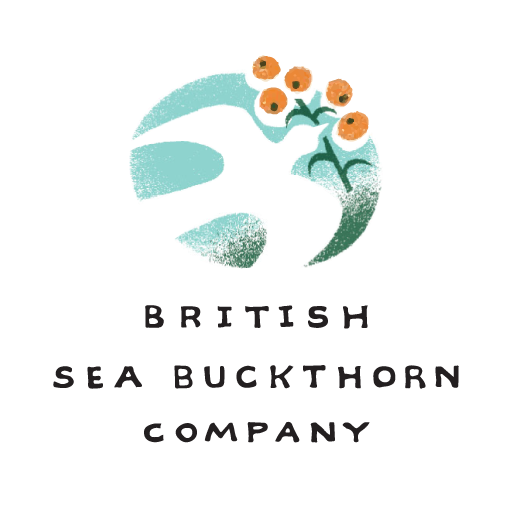Google Alerts directed me to a film centred around the father of Canadian seabuckthorn yesterday – Colin McLoughlin and his passion for developing an industry centred on the plant in Canada. The 8 minute film illustrates the belief that everyone has in the potential for sea buckthorn, but also the challenges.
The range of products that come out of not just China but Europe, Russia and the US offer quality and functionality. Colin McLoughlin makes an early remark as to the multi use of the plant – but although this translates into product, he also voices comment about claims. Health claims are often made on product but again we come to that subject that they are so difficult to prove in research. This is frustrating as products are used both in humans and animals for skin issues and internal diseases such as gastric ulcers, liver and heart disorders. Although research may find it hard to prove cause and effect, but continued use is as good an indication as any that consumers believe in sea buckthorn product quality and ability.
All those that follow sea buckthorn also know how much research is continually being published. These might not be the large scale studies that develop pharmaceuticals but the reality is that the seabuckthorn industry is small with limited resources. Even so, the dedication of researchers to continue to investigate the qualities of the fruit and leaf are another sign that sea buckthorn is not a fanciful concept. Neither is it a magic bullet for specific issues, but seeing the results of its use is enough to drive investment. For me, having taken oil capsules daily since September 2009 I look for stamina. Stamina that is derived from my body being well, continuously. Stamina that allows me to do long hours of physical work.
Away from the sales pitch – Colin McLoughlin’s film shows one of the challenges as harvesting. It shows the use of the wire tongs that are a favourite tool in Russia. It also shows striping the berries with a thick heavy glove. Both methods work but it relies on the next stage of processing to then remove the leaves and twig that have been pulled off the plant in the process.
Having picked most of my berries this year the old fashioned way – just picking off individual berries by hand, I know how slow and un-commercial this is. It produces a quality sample which is important. It returns to the store a bucket of berries that need little picking over to clean of trash. But this will only work when your time is your own, or your pickers are paid a minimal wage.
Yesterday I restored to my Russian style tong in again a frustration to improve my harvesting rate. Askola and hergo are both smaller berry size varieties. My hergo berries are bunched up tightly in branches. The berries need to be still quite hard to pull them out from these clusters – but of course one wants to harvest when the berries are ripe.
Askola is a variety that I like as a grower because the plants grow well and they are high yielding. This equates the variety to habego. The berries do not seem to cluster so hand picking is sort of possible, but the size of berry just makes it too slow to recover any economic weight of berries in an hour.
The other problem i have yet to master with Askola is harvesting time. I find the berries sharper in taste to habego. Consequently I taste and wait – looking for the sharpness to temper. Last week ( up to August 29th ) they were still hard; the colour pale, more yellow than orange; and the taste bitter in my view. So I thought I could leave Askola to this week.
The result was a mess. Their taste is perfect – in fact I would say as good as habego, but in terms of hand picking around 20% of the berries were too ripe. With small berries the result was like picking wild berries – they just burst. The result is a sample that is very moist – almost wet with broken berry juice. I also tried shaking the bush – maybe not at the right strength or frequency, but the ripe berries would not fall off. So I can see that Askola I would grow for mechanical harvesting.
Alternatively pick them earlier and wait for them to ripen. My experience with the few Russian berries that I saved this year and kept in the fridge was that they did ripen. But there is nothing better than a fruit ripened on the plant – so I think this is a compromise.
So although there are great products out there from sea buckthorn, it is essential that hand assisted or mechanical harvesting is cracked as the principle challenge that faces growers.
Once this has been mastered I believe that sea buckthorn will become a viable crop that will be grown far more widely.
Without question the qualities inherent in the plant drive the passion of people across the world to bring it to the market. Grown in 40 countries across three continents this is no fad. All it needs is investment and its natural nutritional value will drive appreciation and demand.
